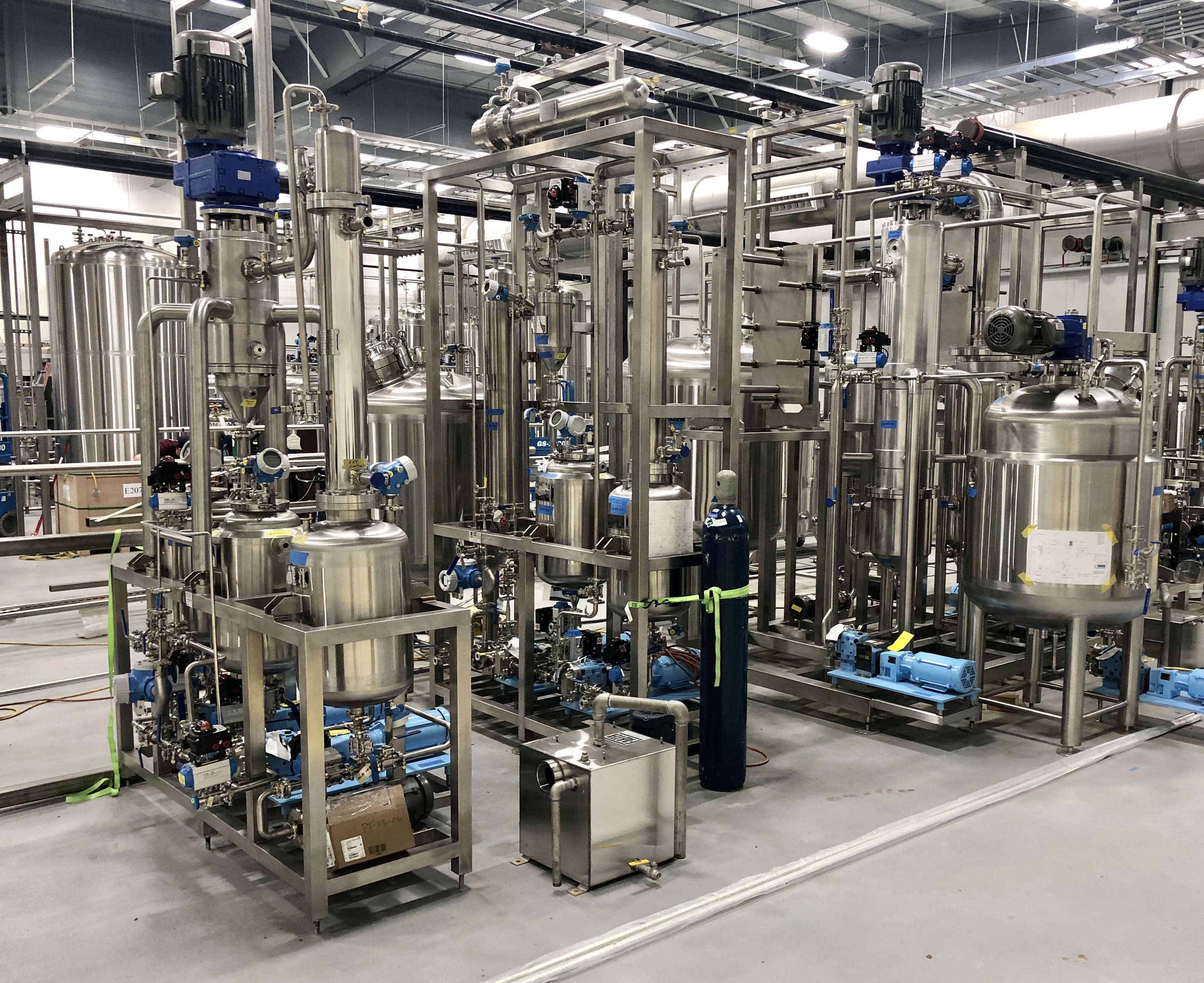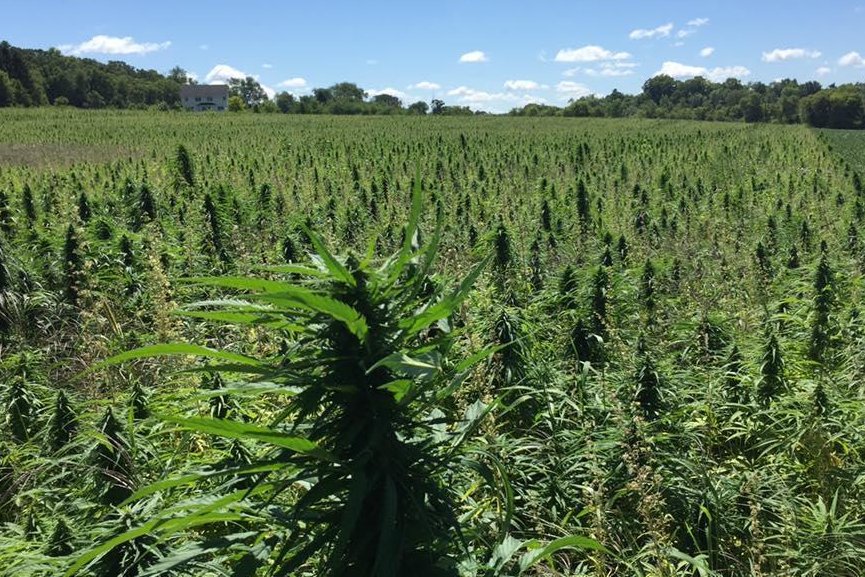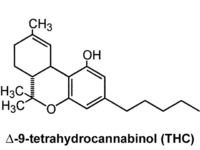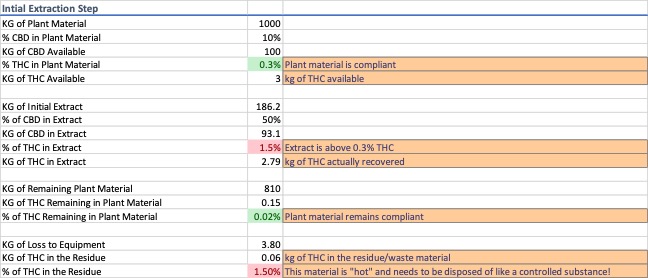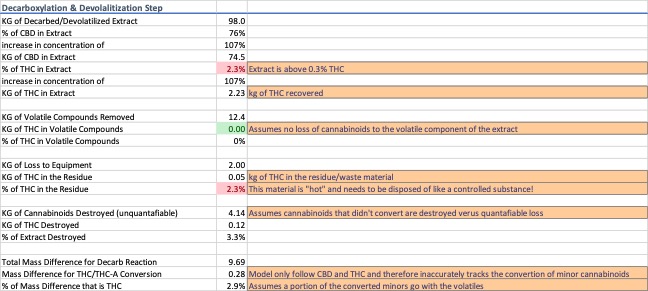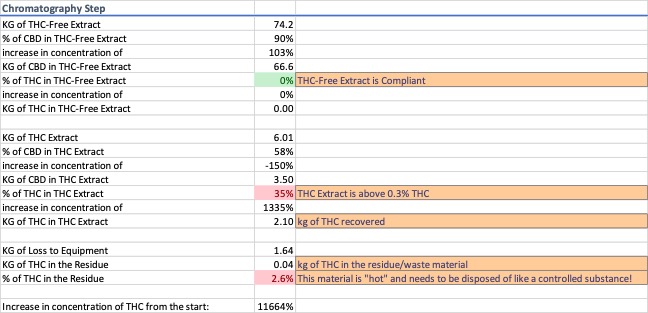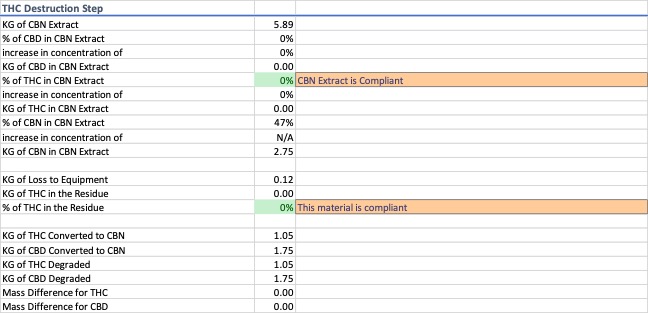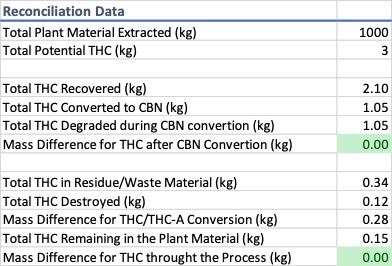What makes scaling up your process so difficult?
There are many factors that can lead to the challenges people face when scaling up their processes. These challenges are not unique to the cannabis/hemp industry, but they are exacerbated by the consequences generated from decades of Reefer Madness. In my time operating in the cannabis/hemp space, 15+ years, I have seen established equipment vendors and sellers of laboratory supplies, like Sigma-Aldrich (now Millipore-Sigma), Fisher-Scientific, Cerilliant, Agilent, and others, go from reporting individuals inquiring about certified reference materials to setting up entire divisions of their companies to service the needs of the industry. Progress. But we are still a fledgling marketplace facing many challenges. Let’s look at a few specific to process scale up.
Darwin Millard will deliver a presentation on this topic during the Cannabis Extraction Virtual Conference on June 29. Click here to learn more.Equipment Availability: Lack of available equipment at larger and larger process scales can severely impact project timelines. Making not only equipment acquisition difficult, but also limiting the number of reputable equipment manufacturers you can work with.
Non-Linear Expansion: NEVER assume your process scales linearly. Perhaps one of the most avoidable mistakes during process scale up. You will quickly find that for many processes you cannot just put in a larger unit and expect a proportional increase in output. This is because as process equipment increases so to must utilities and other supporting infrastructure, but not only that, process vessel geometry, proportions, and design are contributing factors to process efficiency as your scale of operations increases.
Hazardous Material Quantities: Just as important to the process as the equipment are the solvents and reagents used. As your scale of operations increases so does your demand and production of hazardous materials; solvents including carbon dioxide (CO2), ethanol, and liquid petroleum gases (LPG) like Butane and Propane are obvious hazards, but so too are the refrigerants used in the chillers, fuels used to power generators, steam created to heat critical systems, and effluents and wastewater discharged from the process and supporting systems. Not every municipality wants thousands of gallons of flammable substances and hazardous waste being generated in their backyard…
Contractor/Vendor Misrepresentation: Finding out in the middle of you project that your contractor or equipment vendor has never set up a system at this scale before is never a good feeling. Unfortunately, contractor and vendor misrepresentation of qualifications is a common occurrence in the cannabis/hemp space.
If all this was not bad enough, all too often the consequences of improper planning and execution are not felt until your project is delayed or jeopardized due to misallocation of funds or undercapitalization. This is especially true when scaling up your production capacity. Now let’s look at some ways to avoid these mistakes.
The Rule of 10

When scaling up your process, NEVER assume that a simple linear expansion of your process train will be sufficient. It is often the case that process scale up is non-linear. Using the Rule of 10 is one way of scaling up your process through a stepwise iterative approach. The Rule of 10 is best explained through an example: Say you are performing a bench-top extraction of a few grams and want to scale that up to a few thousand kilograms. Before jumping all the way to your final process scale, start by taking a smaller jump and only increase your bench-top process by a factor of 10 at a time. So, if you were happy and confident with your results at the tens of grams scale, perform the same process at the hundreds of grams scale, then the thousands of grams scale, tens of kilograms scale, and so forth until you have validated your process at the scale of operations you want to achieve. By using the Rule of 10 you can be assured that your process will achieve the same yields/results at larger and larger scales of operation.
Scaling up your process through an iterative approach allows you to identify process issues that otherwise would not have been identified. These can include (but by no means should be considered an exhaustive list) improper heat transfer as process vessels increase in size, the inability to maintain process parameters due to inadequately sized utilities and/or supporting infrastructure, and lower yields than expected even though previous iterations were successful. However, this type of approach can be expensive, especially when considering custom process equipment, and not every processor in the cannabis/hemp space is going to be in the position to use tools like the Rule of 10 and instead must rely on claims made by the equipment vendor or manufacture when scaling up their process.
The Cannabis/Hemp Specific Process Equipment Trap
How many times have you heard this one before: “We have a piece of process equipment tailor-made to perform X,Y,Z task.”? If you have been around as long as I have in the cannabis/hemp space, probably quite a few times. A huge red flag when considering equipment for your expansion project!
Unless the equipment manufacturer is directly working with cannabis/hemp raw materials, or with partners who process these items, during product development, there is no way they could have verified the equipment will work for its purported use.
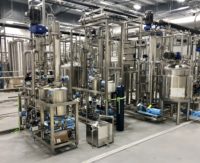
A good example of this are ethanol evaporation systems. Most manufacturers of evaporators do not work with the volumes of ethanol they claim their systems can recover. So how did they come up with the evaporation rate? Short answer – Thermodynamics, Heat Transfer, and Fluid Mechanics. They modeled it. This much surface area, plus this much heat/energy, with this much pressure (or lack thereof), using this type of fluid, moving through this type of material, at this rate of speed, gets you a 1000-gal/hr evaporator or some other theoretical value. But what is the real rate once an ethanol and cannabis/hemp solution is running through the system?
For a straight ethanol system, the theoretical models and experimental models are pretty similar – namely because humans like alcohol – extensive real-world data for ethanol systems exist for reference in designing ethanol evaporators (more accurately described as distillation systems, i.e. stills). The same cannot be said for ethanol and cannabis/hemp extract systems. While it is true that many botanical and ethanol systems have been modeled, both theoretically and experimentally, due to prohibition, data for cannabis/hemp and ethanol systems are lacking and the data that do exist are primarily limited to bench-top and laboratory scale scenarios.
So, will that 1000-gal/hr evaporator hit 1000-gal/hr once it is running under load? That’s the real question and why utilizing equipment with established performance qualifications is critical to a successful process scale up when having to rely on the claims of a vendor or equipment manufacturer. Except this is yet another “catch 22”, since the installation, operational, and performance qualification process is an expensive endeavor only a few equipment manufacturers servicing the cannabis/hemp market have done. I am not saying there aren’t any reputable equipment vendors out there; there are, but always ask for data validating their claims and perform a vendor qualification before you drop seven figures on a piece of process equipment on the word of a salesperson.
Important Takeaways
Improper design and insufficient data regarding process efficiencies on larger and larger scales of manufacturing can lead to costly mistakes which can prevent projects from ever getting off the ground.
Each aspect of the manufacturing process must be considered individually when scaling your process train because each element will contribute to the system’s output, either in a limiting or expansive capacity.
I go further into this topic in my presentation: Challenges with Process Scale Up in the Cannabis/Hemp Industry, later this month during Cannabis Industry Journal’s Extraction Virtual Conference on June 29th, 2021. Here I will provide real-world examples of the consequences of improper process scale up and the significance of equipment specifications, certifications, and inspections, and the importance of vendor qualifications and the true cost of improper design specifications. I hope to see you all there.
Until then. Live long and process.

